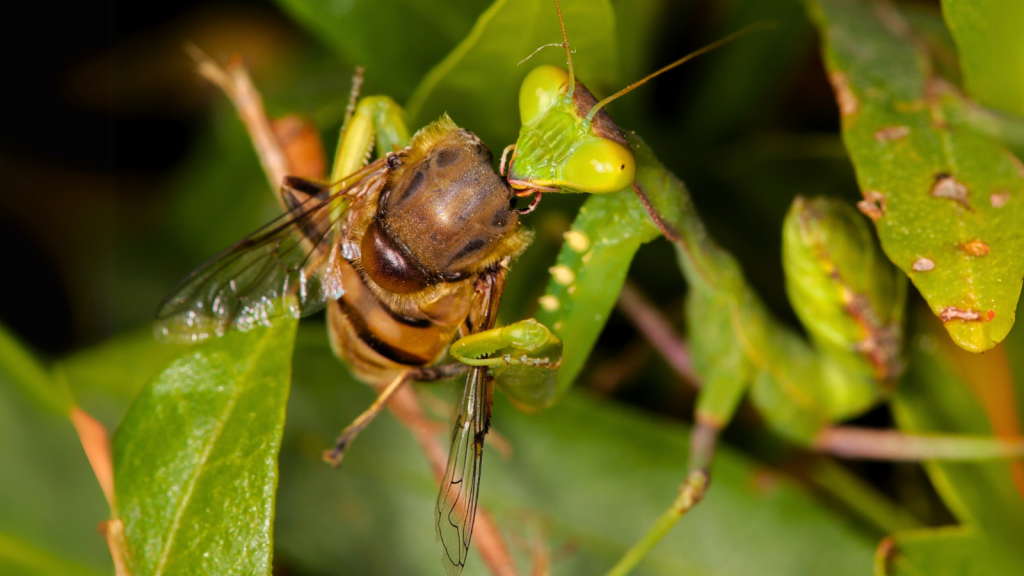Nature is full of surprises, and some of the most impressive hunters come in small packages. These pint-sized predators prove that size isn’t everything when it comes to taking down a meal. From tiny insects to clever mammals, these creatures have evolved remarkable strategies to overcome prey much larger than themselves. Their hunting tactics are a mix of brains and brawn, showing just how cunning the natural world can be. Get ready to be amazed by these small but mighty hunters that punch well above their weight.
Praying Mantis

The praying mantis might look delicate, but it’s a formidable hunter. With lightning-fast reflexes, it can snatch flying insects out of the air and even take on small birds or lizards. Its powerful front legs are armed with sharp spikes, perfect for gripping and subduing larger prey. Mantises have excellent eyesight, with five eyes that allow them to judge distances accurately and spot the slightest movements.
Honey Badger
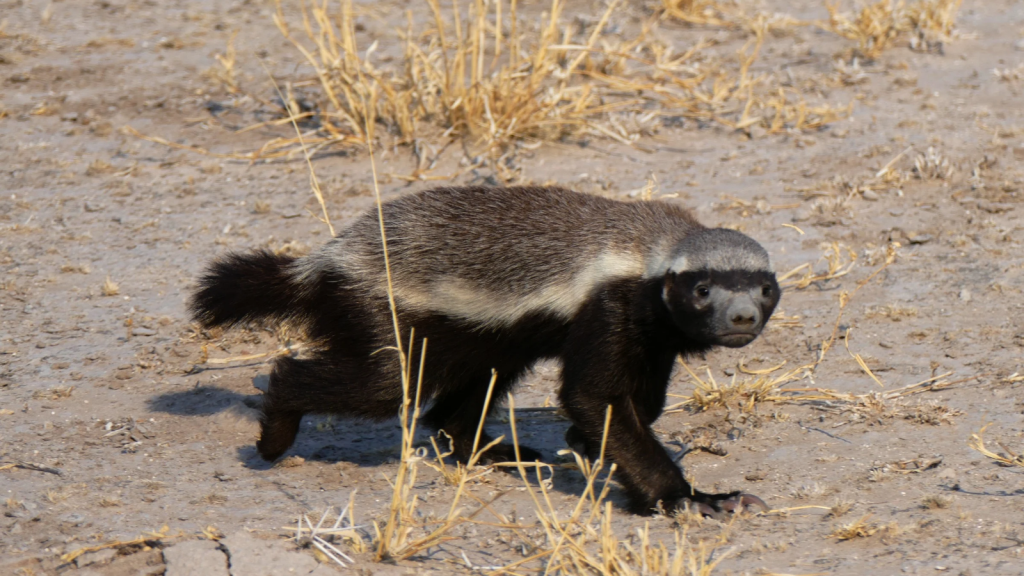
Don’t let its cute appearance fool you – the honey badger is one of Africa’s most fearless creatures. These tough little mammals will take on venomous snakes, raid beehives, and even stand up to lions. Their thick skin and strong claws make them nearly unstoppable in a fight. Honey badgers also have a high tolerance for venom, allowing them to shrug off bites that would kill other animals.
Leopard Seal
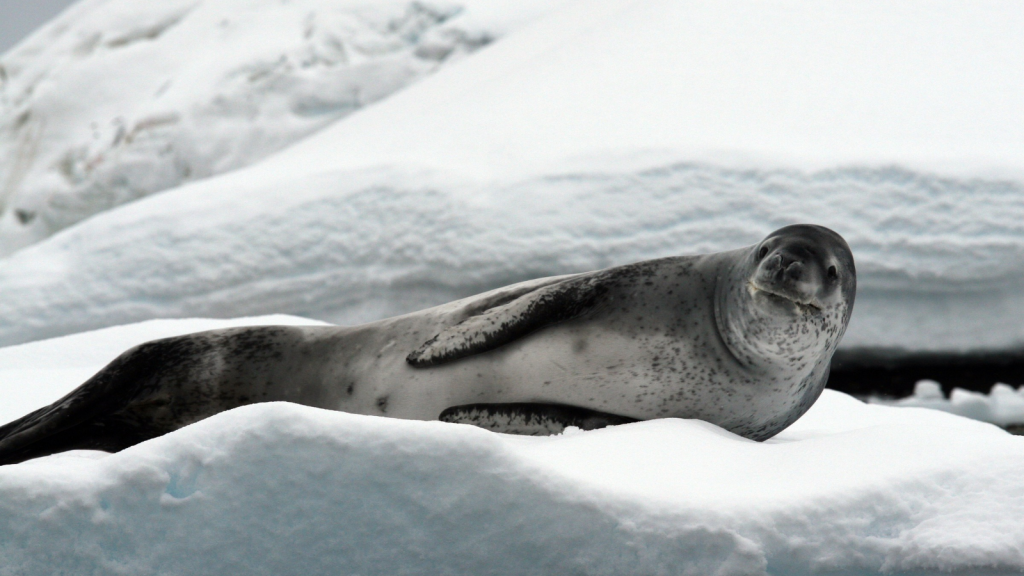
In the icy waters of Antarctica, the leopard seal reigns supreme. Despite being much smaller than many of its prey, this agile hunter can catch penguins, fish, and even other seals. Its powerful jaws and sharp teeth make short work of animals several times its size. Leopard seals have been known to hunt cooperatively, working together to herd and capture their prey.
Kingfisher
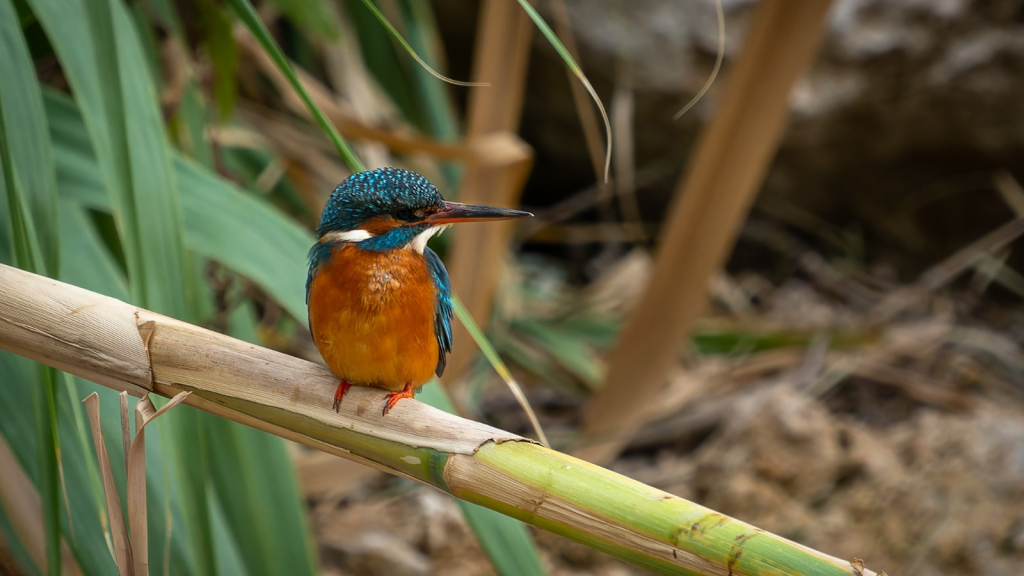
These colourful birds might look dainty, but they’re skilled hunters of both water and land. Kingfishers can dive at high speeds to snatch fish much larger than themselves, using their sharp beaks to stun and kill their prey. Some species even hunt snakes and lizards on dry land. Their eyes have evolved to compensate for light refraction in water, allowing them to accurately judge the position of fish beneath the surface.
Margay

The margay is a small wild cat with an impressive trick up its sleeve. It can mimic the sounds of its prey, luring curious monkeys and birds close enough to pounce. Despite weighing only about 3-4 kg, this clever feline can take down animals twice its size. Margays are also excellent climbers, able to descend trees headfirst thanks to their flexible ankle joints.
Shrews

These tiny mammals have voracious appetites and will tackle prey much larger than themselves. Some shrew species have venomous saliva that can paralyse animals as large as frogs or mice. They need to eat almost constantly to fuel their high-speed metabolism. Shrews have poor eyesight but make up for it with an excellent sense of smell and touch-sensitive whiskers.
Giant Water Bug
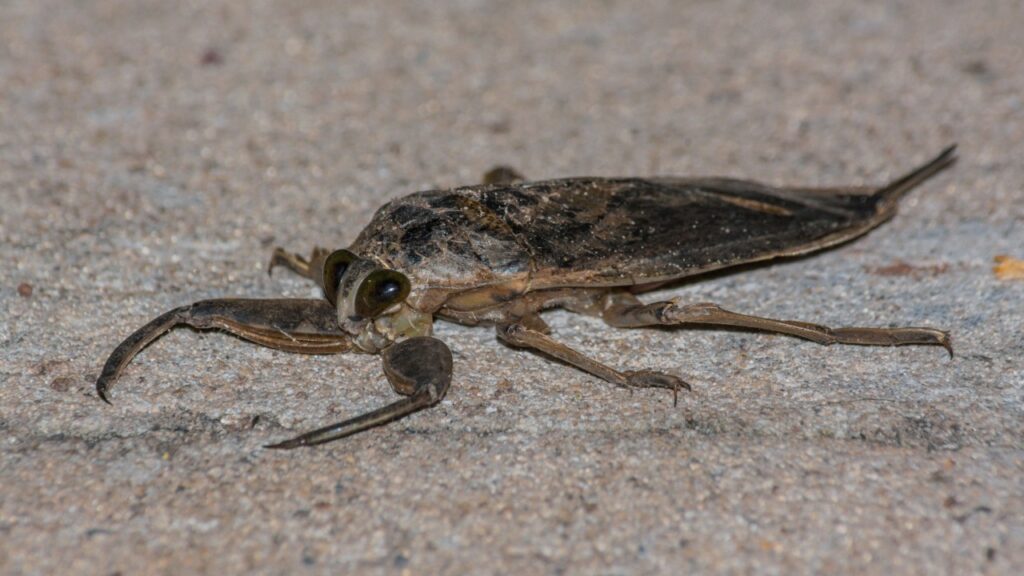
Don’t be fooled by its small size – the giant water bug is a terror of ponds and streams. It uses its powerful front legs to grab fish, frogs, and even small snakes. The bug injects its prey with digestive enzymes, liquefying their insides for an easy meal. Giant water bugs can also deliver a painful bite to humans, earning them the nickname “toe-biters”.
Tarantula Hawk Wasp
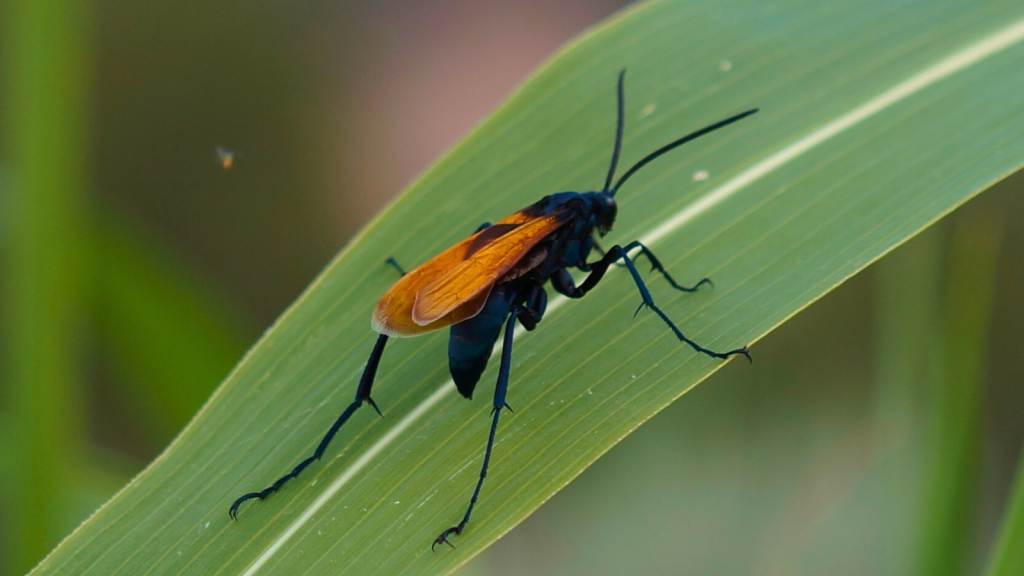
This large wasp doesn’t just sting tarantulas – it hunts them. The female wasp paralyses spiders much larger than itself, then drags them back to its burrow to serve as living food for its larvae. Its sting is said to be one of the most painful in the insect world. Despite their fearsome reputation, adult tarantula hawk wasps primarily feed on nectar and are important pollinators.
Wolverine
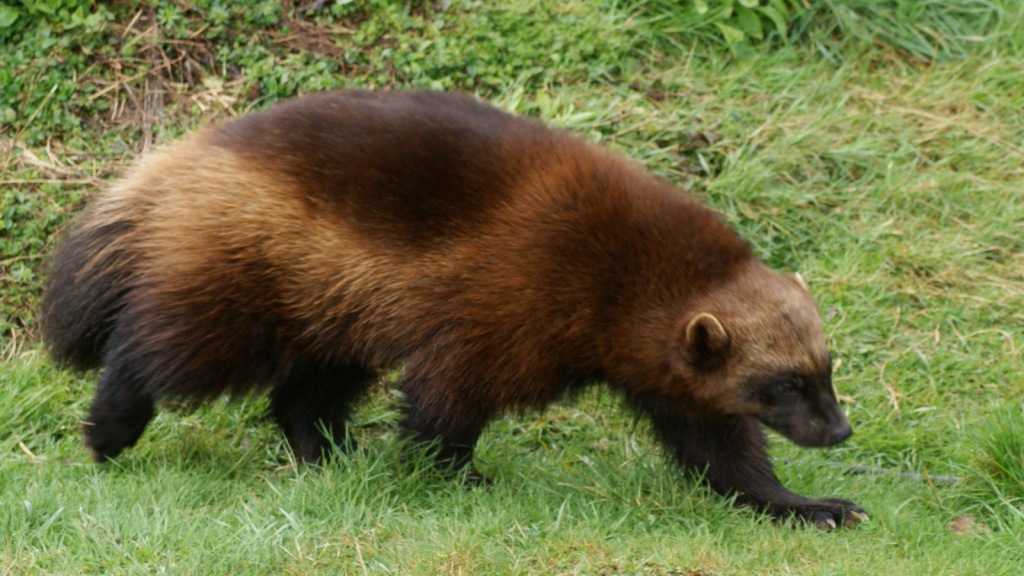
Despite being no larger than a medium-sized dog, the wolverine is known as the “devil bear” for its ferocious nature. These tough animals will take on deer and even challenge bears for their kills. Their powerful jaws and strong bodies make them formidable opponents. Wolverines have specially adapted teeth that can crush frozen meat and bones, allowing them to scavenge in harsh winter conditions.
Stoat

The stoat might look cute and cuddly, but it’s a fearsome predator. These small mustelids can take down rabbits many times their size, using their speed and agility to wear down larger prey. In winter, their white coat earns them the name “ermine”. Stoats are known for their “hypnotic dance”, a series of twists and jumps that can mesmerise their prey, making it easier to catch.
Harpy Eagle
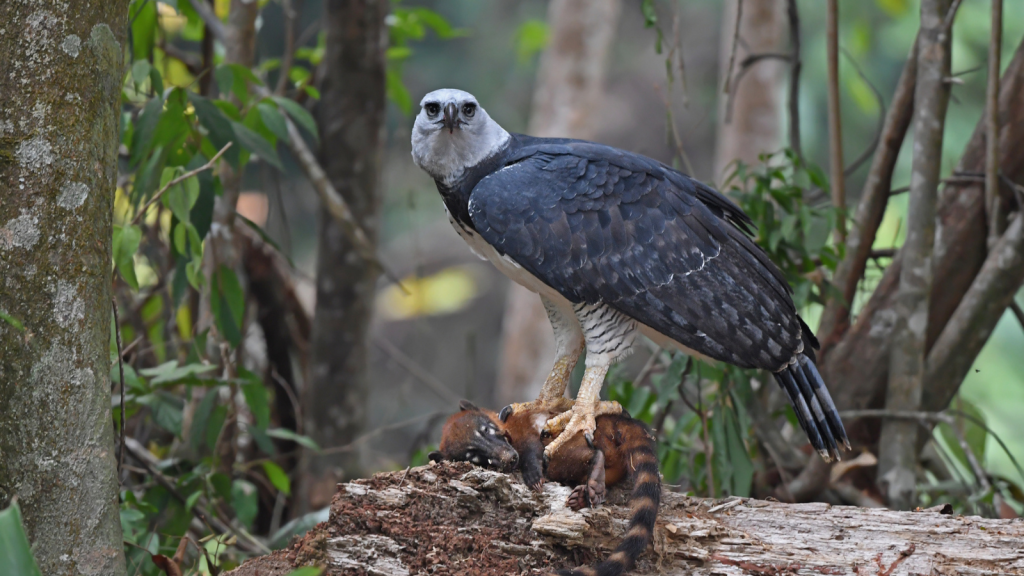
While not small by bird standards, the harpy eagle tackles prey that would daunt much larger predators. These powerful birds can pluck monkeys and sloths from treetops, using their massive talons to crush bones. They’re known to take animals weighing up to 17 kg. Harpy eagles have exceptionally strong leg muscles, allowing them to exert up to 42 kg of pressure with their talons.
Komodo Dragon
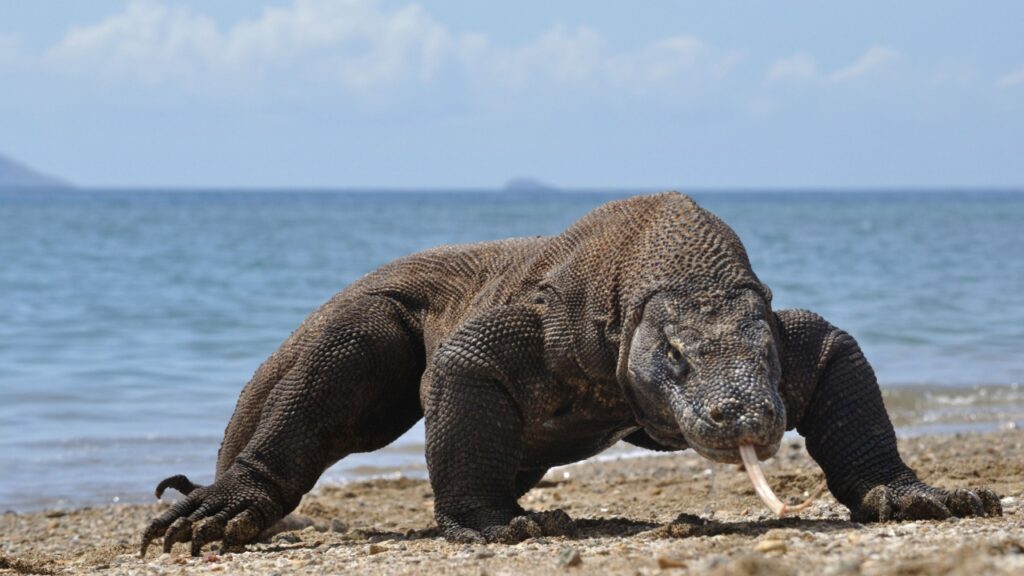
The largest lizard in the world, Komodo dragons might not seem “small”, but they routinely take down prey much larger than themselves. Using a combination of venom, bacteria-laden saliva, and sheer persistence, these reptiles can bring down water buffalo and deer. Komodo dragons have an excellent sense of smell and can detect carrion from up to 10 km away.
Becky is a fervent wildlife enthusiast and pet care expert with a diploma in canine nutrition. Her love for animals stretches beyond the domestic, embracing the wild tapestry of global fauna. With over a decade of experience in animal welfare, Becky lends her expertise to OutlandishOwl through insightful articles, captivating wildlife information, and invaluable guidance on pet nutrition. Her work embodies a deep commitment to understanding the intricate lives of animals and a passion for educating others on sustaining natural habitats. Becky's hands-on conservation efforts and her knack for translating complex dietary science into practical pet feeding tips make her an indispensable voice for creatures great and small.

